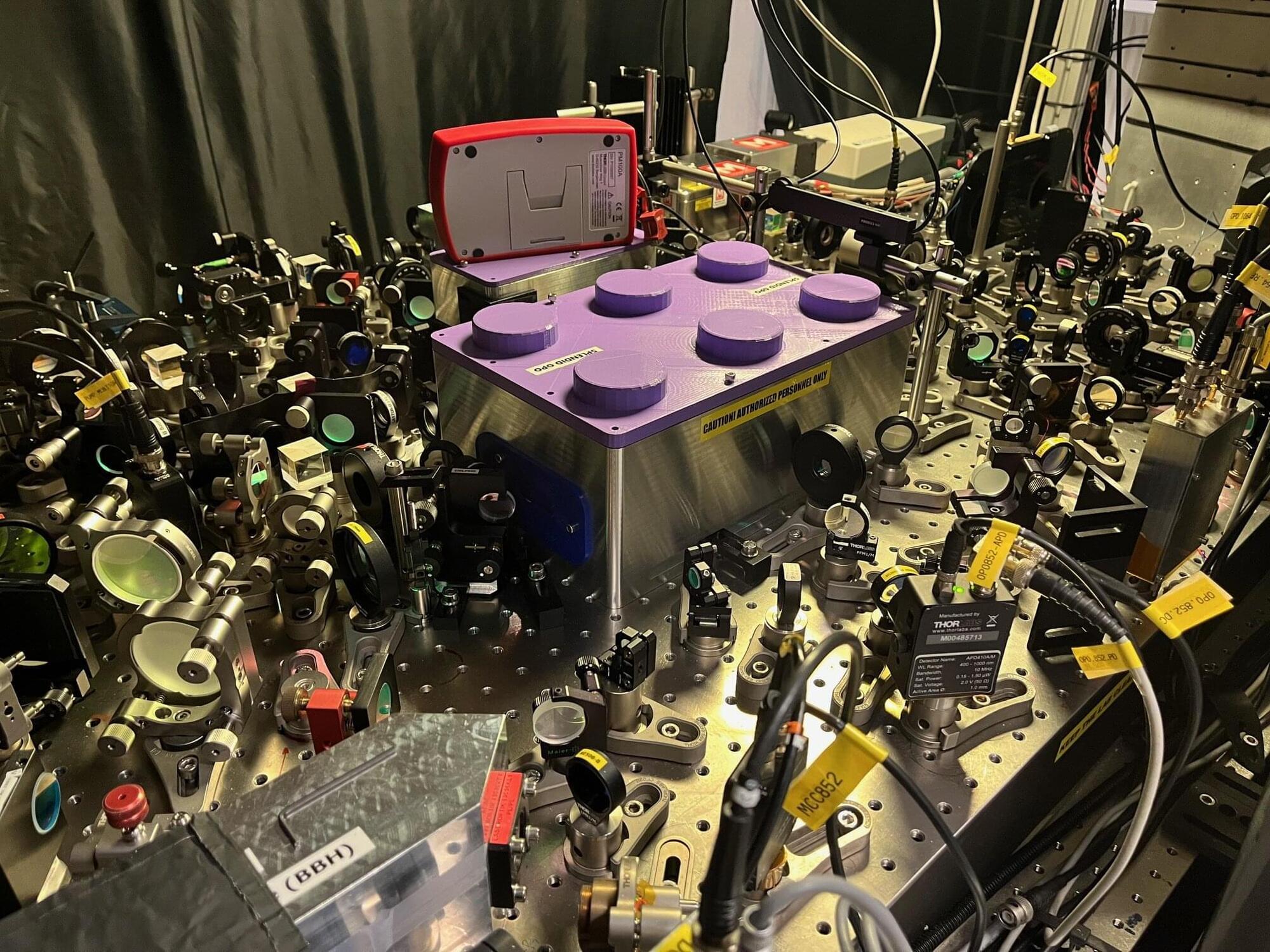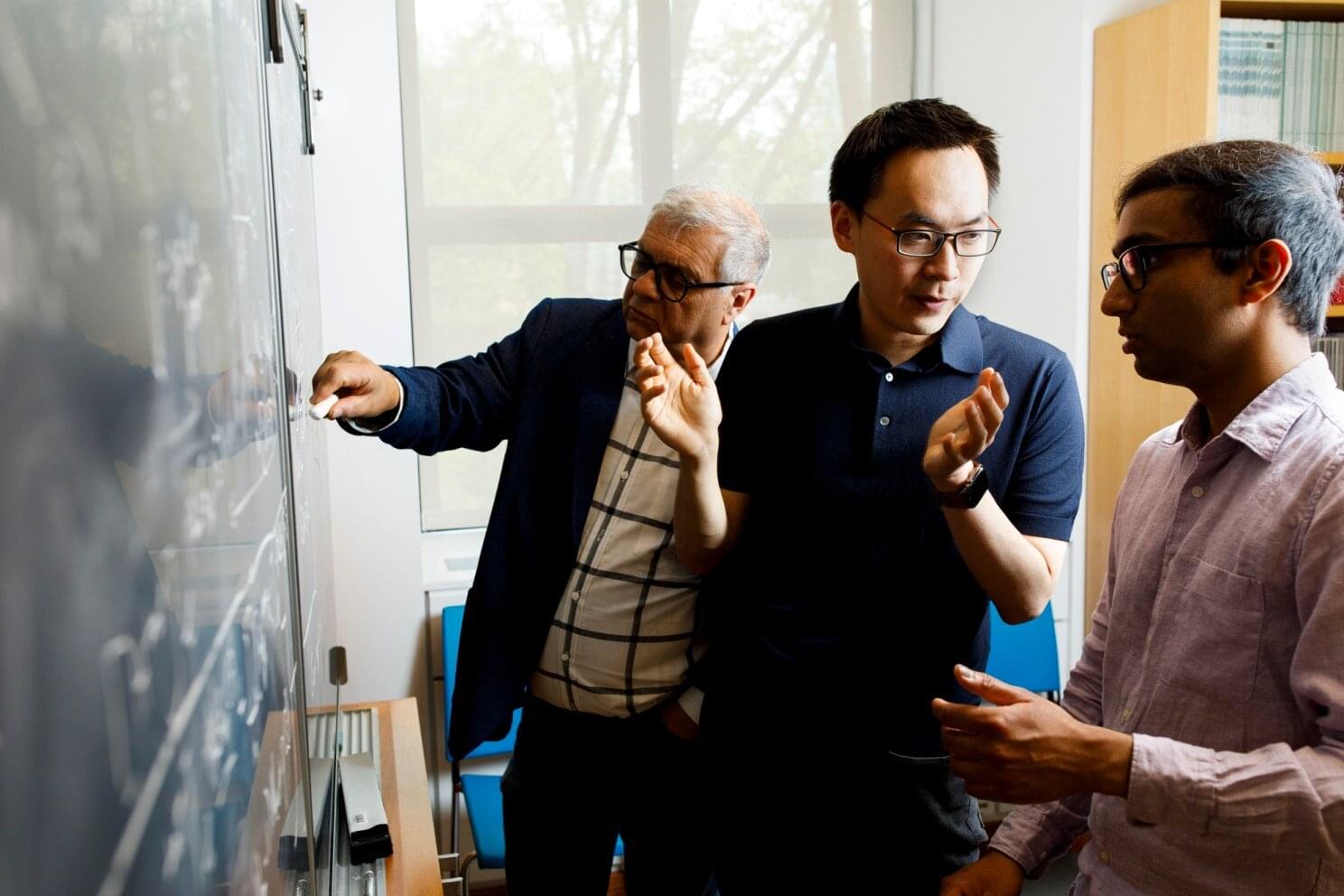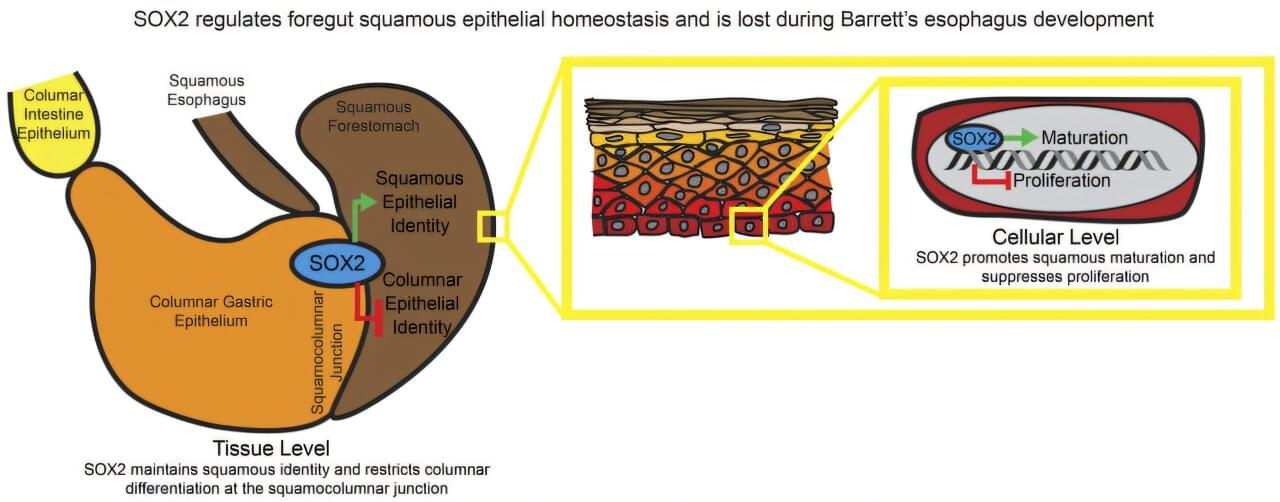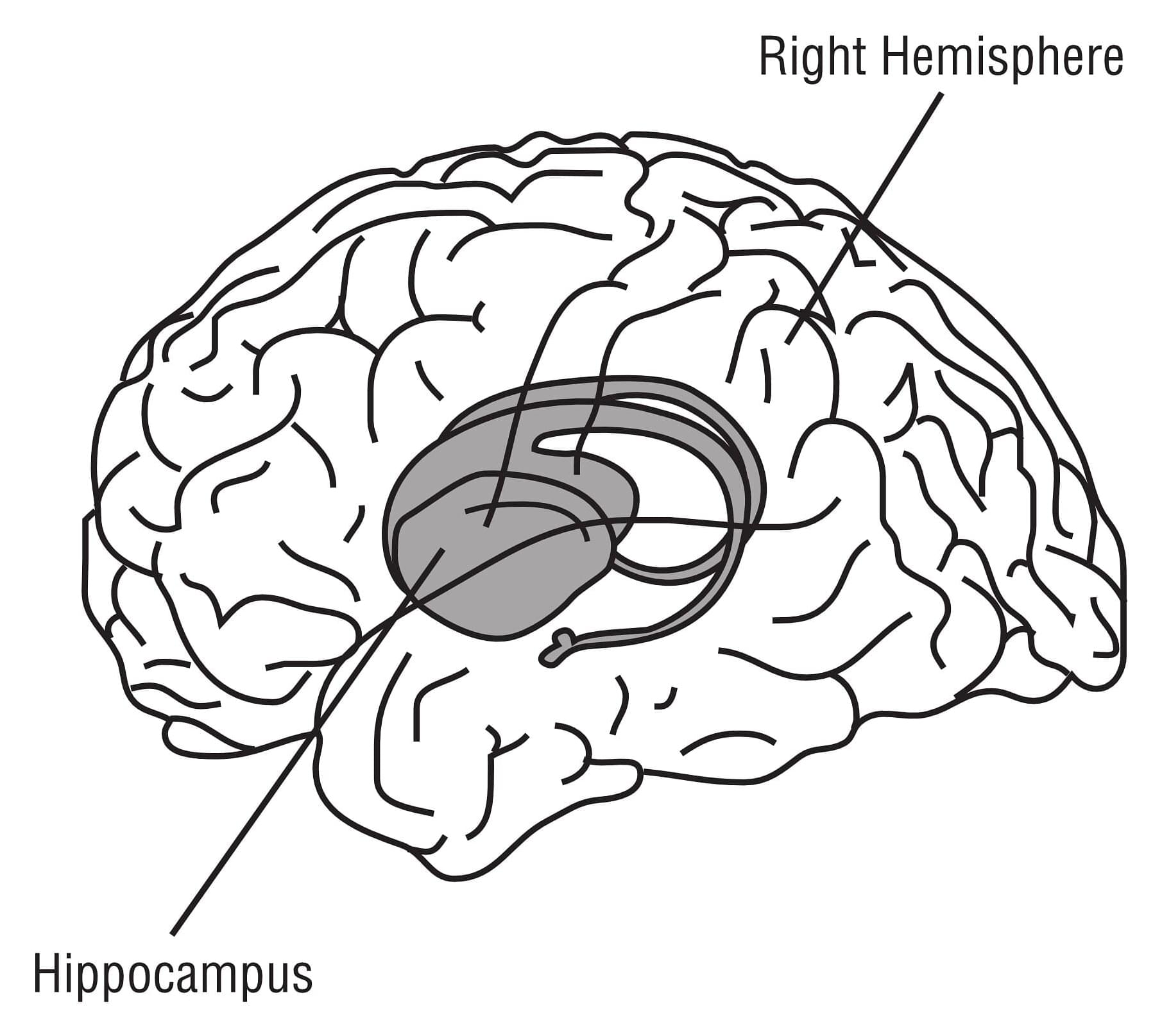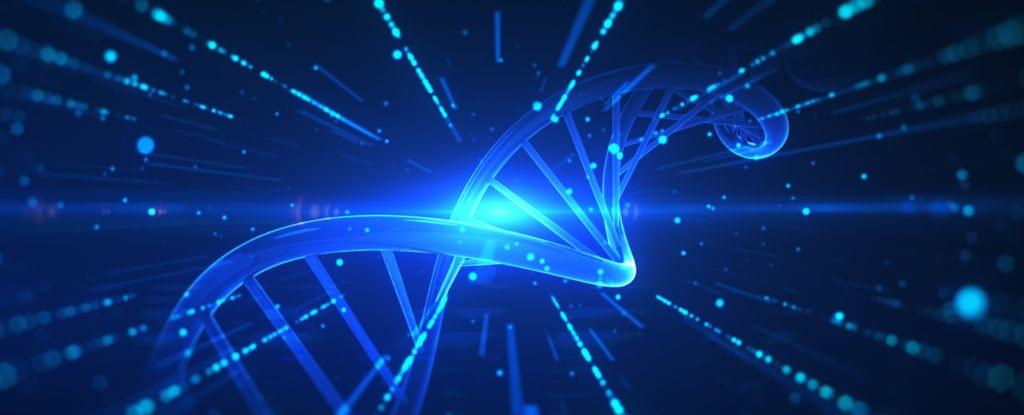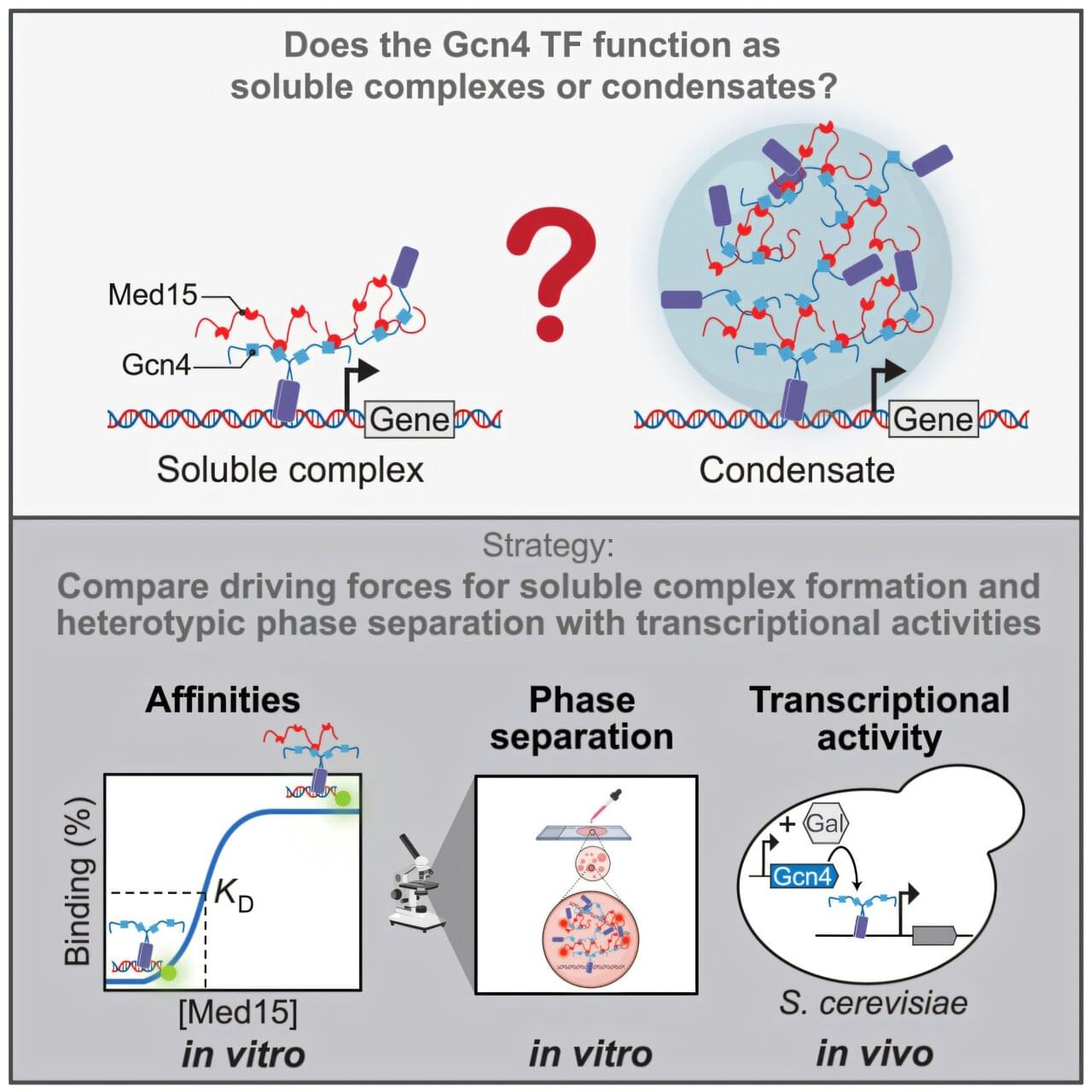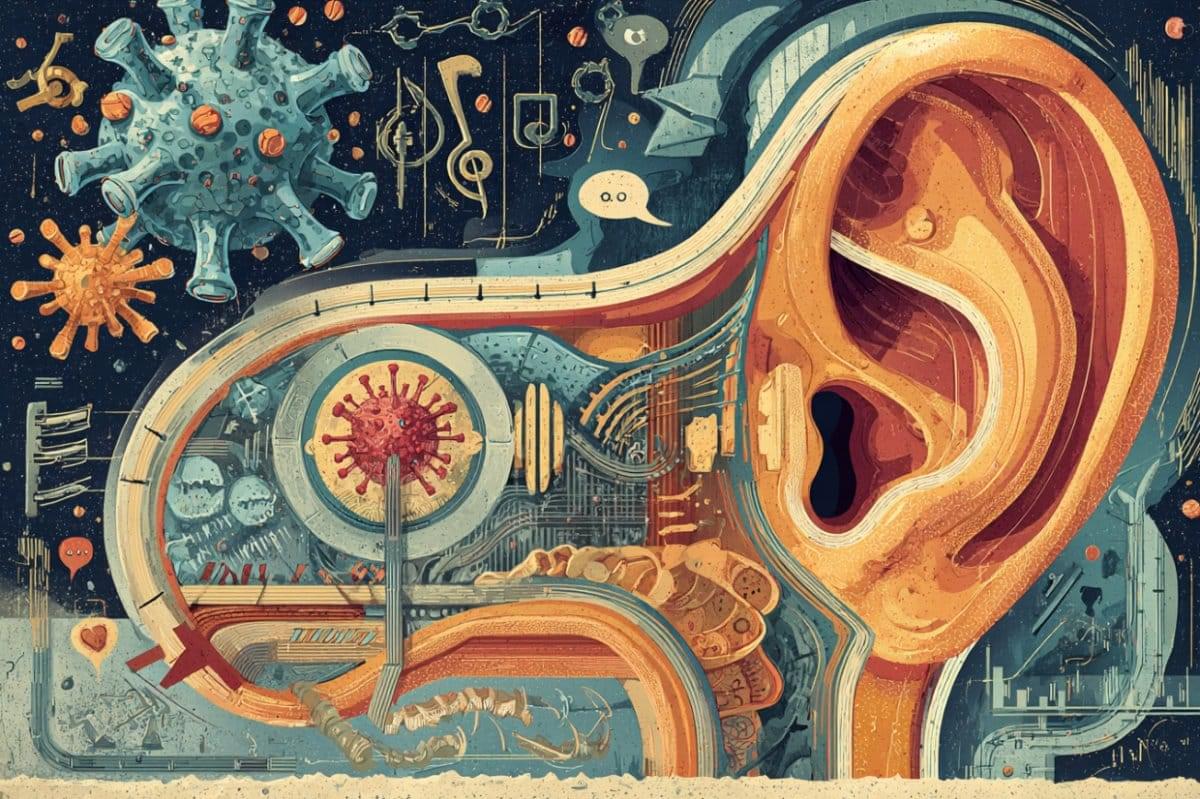Researchers at the Niels Bohr Institute, University of Copenhagen, have developed a tunable system that paves the way for more accurate sensing in a variety of technologies, including biomedical diagnostics. The result is published in Nature.
The potential range of technologies is large, stretching from the largest to smallest scales, from detecting gravitational waves in space to sensing the tiny fluctuations in our own bodies.
Optical sensing technologies are already part of everyday life. In recent years, advances in quantum optics have pushed the sensitivity of these devices closer to the so-called standard quantum limit—a practical boundary that arises from the inevitable noise arising from measuring on the smallest scales.
